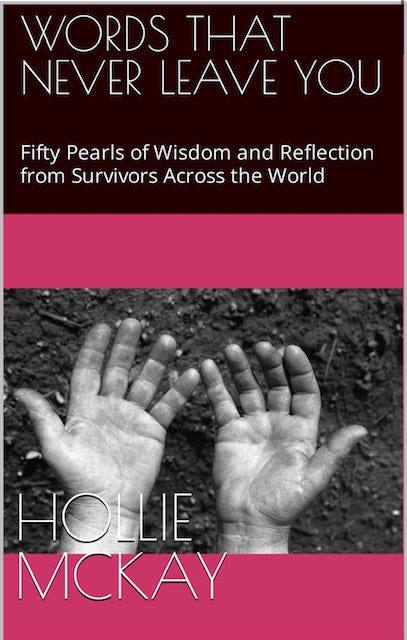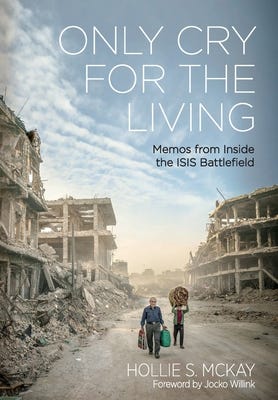While Burma rarely makes mainstream media headlines, internal conflict continues to slay and slaughter swaths of the population on a near-daily basis at the brutal behest of the country’s military dictatorship, the Junta, amplified by the iron-fisted security forces, the Tatmadaw.
Citizens are gunned down and thrown into fires around Yangon. In other parcels of the picturesque country, military jets – propped up by financial support from the likes of China and Russia amid hefty U.S. sanctions – rain bullets on other long-persecuted ethnic minority groups.
Burma, also called Myanmar, the change-of-name issued by the military dictatorship in 1989 after their successful coup, has grappled with painful conflict, spurts of bloody military crackdowns and a simmering sense that war could erupt at any moment ever since the end of British colonial rule in 1948. With a population of about 54 million and a patchwork of dozens of ethnicities, most are Buddhists. However, in all my years as a war reporter, some of the most horrific atrocities (yet almost always underreported) hail from this tiny, picturesque Southeast Asian nation led by a military with complete disregard for human life.
All this raises the uncomfortable question: how is it that the military – founded on the tenants of Buddhism, often deemed in the West as, first and foremost, signaling the merits of compassion, nonviolence and universal peace – could justify such levels of hatred and persecution?
However, as the situation in Burma shows, Buddhism is as nuanced and deeply complicated as any religion.
“Most Westerners’ cliches about Buddhism can be traced back to Methodist missionaries to China, India and Sri Lanka in the 1830s onward. They were notorious for dismissing or misinterpreting things that did not fit what they had read in books,” Joseph Walser, a Professor of Religion at Tufts University in Medford, Massachusetts, once explained to me. “But some of these cliches have been promoted by Asian politicians themselves. Towards the second half of the 19th and all of the 20th centuries, when first anarchist and then Marxist movements began to attract monks, you start seeing governments across Southeast Asia enact policies and reforms holding up the apolitical monk as the Buddhist ideal, especially when Marxist monks led protests against those politicians.”
The Tatmadaw, which consists of half a million men bearing arms, has long endured a callous reputation synonymous with savage slaughters, mass rape and sexual violence, horrendous torture and disappearing civilians caught in the crossfire. But according to foreign policy experts, the forces bestow an esteemed position and are removed from much of society. Moreover, troops are steadily indoctrinated with propaganda deducing them to believe that antagonists lurk everywhere and are bolstered by foreign puppet masters – giving way to programmed mass murders without flinching.
In particular, the persecution directed toward the Rohingya Muslim minority in Burma has hit the headlines sporadically for much of the last five years. However, the chilling violence – which some in the international community have labeled genocide – against them has stretched on for decades. Moreover, Burma deems the Muslim minority illegal immigrants and refuses to recognize them as citizens.
While the Tatmadaw has garnered some of the most prominent monks’ support – echoing sermons that the monkhood and the military must come together to counter the “Islamic threat” – many have dared to speak out against the bloodshed and iron-fist rule.
“There are two kinds of Buddhists in Burmese – the ones devoutly following and those against the coup and everything going on there. Some want Burmese Buddhists and others who believe all groups should be part of the country,” explained M Tu Aung, General Secretary of the Nationalities’ Alliance of Burma, U.S.A. “But one thing is clear – the people need the protection of the international community, not the Army.”
Nonetheless, Burma is not the only precedent of extreme cruelty in Buddhist culture.
From 1983 to 2009, a civil war afflicted Sri Lanka, mainly centered on political violence between the Sinhalese majority Buddhists – led by monks – spiteful of the Tamil Hindus. Thailand is also considered a country of concern for observers, given the heightening of Buddhist superiority and a sharp clampdown on criticism.
“In general, when monks get into politics, they carry a lot of clout. Governments only want this when the monks support their regime,” Walser said. “The Dalai Lama certainly emphasizes a peaceful Tibetan Buddhism because, after his exile to India, he needed to make a case to Nehru that a) Tibetans had something in common with India (i.e., Buddhism) and b) that they wouldn’t cause trouble with China. In other words, if there is an image that Buddhism is apolitical and nonviolent, it is an image many interested parties have actively promoted throughout the past 150 years with monks on either side of the political/apolitical divide.”

And as a BBC analysis pointed out, “aggressive thoughts are inimical to all Buddhist teachings,” and thus, the religion “even comes equipped with a practical way to eliminate them.”
“However, any religion starts out, sooner or later, it enters into a Faustian pact with state power. Buddhist monks looked to kings, the ultimate wielders of violence, for the support, patronage and order that only they could provide. Kings looked to monks to provide the popular legitimacy that only such a high moral vision can confer,” the report noted. “If you have a strong sense of the overriding moral superiority of your worldview, then the need to protect and advance it can seem the most important duty of all.”
Walser agreed, emphasizing that extremism depends on time and circumstance.
“Currently, a lot of the extremism that we see seems tied to nationalism, or more specifically, the idea that a nation-state should be formed around common religion or common language,” he added. “This particular idea of the nation is a relatively new idea, going back to the 16th century, but only in Europe.”
PLEASE CONSIDER A PAID SUBSCRIPTION TO THIS SUBSTACK TO HELP KEEP INDEPENDENT, AGENDA-FREE WRITING AND JOURNALISM ALIVE. THANK YOU SO MUCH FOR YOUR SUPPORT.
For speaking queries please contact meta@metaspeakers.org
Follow me on Instagram and Twitter for more updates
HOLLIE’S BOOKS (please leave a review)
** Short read of meaningful lessons gleaned from the ordinary forced to become extraordinary
Order your copy of “Afghanistan: The End of the US Footprint and the Rise of the Taliban Rule” due out this fall.
For those interested in learning more about the aftermath of war, please pick up a copy of my book “Only Cry for the Living: Memos from Inside the ISIS Battlefield.”
If you want to support small businesses:






